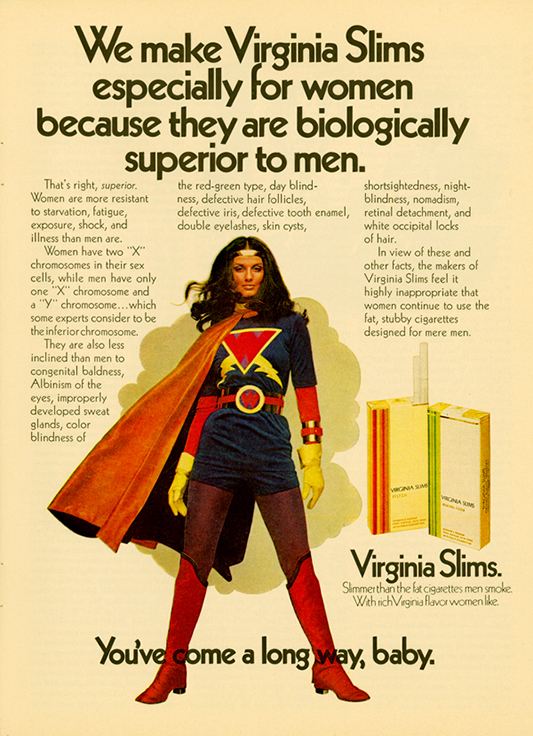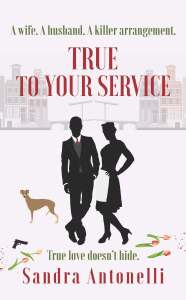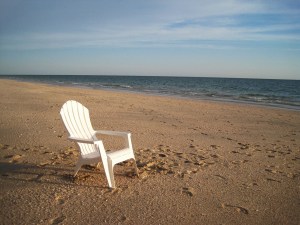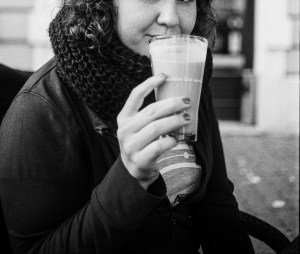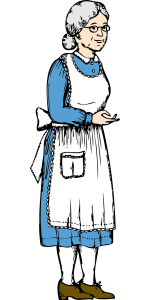
There is something I have been stewing over, trying find to a way to deal with my rage and put it into words without, well, simply ranting. I really, really want to rant. The suggestion one ought to give up their life for the good of a country’s economy is disturbing, like this pandemic is, but I realised the vile idea serves to underscore the ageism I often discuss. Sometimes hashing out an issue in writing helps to quell my urge to rant. At least that is what I am hoping. Like ageism crusader Ashton Applewhite, I’m going to use the term olders instead older people or elderly, which often conjures an automatic inference of infirmity. And yes, eventually I’ll relate this to how the media, that is film and fiction continue to portray olders as stereotypes, especially when it comes to women.
Strap in. These are weird times and it may get a little weird in here.
As we’ve witnessed with this pandemic, there are those who are fine with allowing olders to die, some even going as far as saying olders should be willing to give up their lives for the good of a country’s economy. The reasoning is, older individuals have lived a full life and ought to move over, or on, for the people who are making a contribution to society. Boomers, retirees, elderly in assisted living communities, olders sponging off taxpayers need to give up using the ventilators and consent let someone younger and probably in better health, with a higher probability of survival, use them. Olders are already ‘on their way out’ so they should be willing to just lie down and die for the good of others.
If you have been lucky enough to not hear about this, here is a sample of what I mean. An Article in The Telegraph mentions that the death of older people could actually be beneficial by “culling elderly dependents.” As if that isn’t horrifying enough, the Human Rights Watch article Rights Risks to Older People in COVID-19 Response: Combat Ageism; Ensure Access to Health Care, Services, Human Rights Watch reports that Ukraine’s former health minister suggested people aged 65+ were already “corpses” and the government need to focus all COVID-19 efforts on people “who are still alive.” This blatant ageism devalues human beings, is basically eugenics, and I don’t know about you, but it sounds a lot like something a Nazi would say. Nazis were big into eugenics.
Eugenics, by the way, is, judging a group to be inferior and excluding them while nurturing others judged to be superior, all to improve the quality of life, but in this case, instead of a selective ‘breeding out’ of undesirable genetic traits, it’s a ‘weeding out’ of an undesirable portion of the population for the ‘good of others.’ The undesirables here are olders.
Older. Undesirable. You can set the practice of ‘weeding out’ against the sexism and ageism women face as they move through life. If you are a middle-aged woman, you probably have noticed the ‘you are already on your way out’ notion. Maybe you started to see—or felt—your undesirability around the time you turned 40 or 45. Western society asserts 40 is an age when a woman’s value suddenly diminishes; it’s time for her to suddenly shrivel up, dry up, and tumble downhill all the way to nothingness, invisibility. The devaluing is often attached to the warped idea that a woman who is no longer fertile has nothing to offer to society, beyond being a caregiver or looking after grandchildren. Evolutionary biologists do research into why post-menopausal women live, and it’s a conundrum wrapped up in the concept of reproductive purpose and t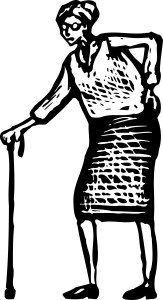 he contribution these women make in their later years. There’s the occasional scientific mention of post-fertile female killer whales who lead their pods, but unlike matriarchal older non-reproductive female whales, non-productive human females who lead are still an anomaly. Older and older woman are wrapped up in sexist, ageist practices and images we have been exposed to since birth. You’ve seen them over and over. Familiar stereotypes of harpy, dried-up, sexless, middle-aged hag with saggy breasts go hand in hand with the dottery, hard-of hearing, sexless, grumpy, olders with canes and walkers.
he contribution these women make in their later years. There’s the occasional scientific mention of post-fertile female killer whales who lead their pods, but unlike matriarchal older non-reproductive female whales, non-productive human females who lead are still an anomaly. Older and older woman are wrapped up in sexist, ageist practices and images we have been exposed to since birth. You’ve seen them over and over. Familiar stereotypes of harpy, dried-up, sexless, middle-aged hag with saggy breasts go hand in hand with the dottery, hard-of hearing, sexless, grumpy, olders with canes and walkers.
Thankfully, there has been a very small shift in the presentation and portrayal of women who have crossed the It’s Over at 40 line, a number of women have risen to leadership positions, and there has been some representation not wrapped up in an older woman’s fertility or, let’s face it, fuckability. It is a start, but there remains this persistent thought that chronological age equals undesirability, decline, and infirmity across the board, and it is devaluing. It hinders our ability to envision our future selves in realistic, positive ways. While it is true that olders are more susceptible to illness, AGE IS NOT an indication of a person’s worth any more than being a woman over the age of 40 is.
Tackling the age discrimination—the widely, most practiced and acceptable prejudice that crosses all boundaries of culture, race, gender, and sex—early on is the one way we can begin to combat all forms of discrimination. While skin colour, your ethnic background, the gender you embrace vary, all of us age; it is our commonality, something we can relate to as we move through life. If we are lucky enough, we will live a long life. Long life is what most of us strive for, hope for, but quite bizarrely, we deny the fact that to have a long life one ages, and we ridicule ourselves for daring to ‘get old,’ we deride and punish others who get old or have lived a long life and are old, and suggest that it’s better sacrifice themselves for being old. We, from governments, film, fiction, advertising, to young children, need to rethink, re-educate, recognise and respond to intersecting types of discrimination. These months may push us apart, yet this is the time for us to come together to change the way we choose to value human beings, and we must not base this on a procreative, economic contribution to society, or any other discriminatory habit. We must change the way we choose to value human beings, and we must not base this on a procreative, economic contribution to society, or any other discriminatory habit we have come to accept without question.
Stamping out and calling out ageism, especially when it comes to women, is my mission. I try to fight and challenge ageist stereotypes with the older-than-the-standard characters I create in the books I write. I try to defy the sexist and ageist practice that exists within the romance fiction publishing industry. Diversity is the battle cry, but age is a diversity issue too often left out of the call. It’s a small thing, and it may seem silly to some of you, but I am passionate about presenting and representing women over 40 as lead characters, rather than as the cockamamie stereotypes we have had forced down our throats decade after decade after decade.
I have a new book out, the third of my In Service series. True to Your Service is a gritty, occasionally witty  romantic suspense cosy spy thriller mystery about a middle-aged female butler and the spy who loves her. It’s available as an ebook from all e-tailers here and paperback here. It’s had a few very nice reviews.
romantic suspense cosy spy thriller mystery about a middle-aged female butler and the spy who loves her. It’s available as an ebook from all e-tailers here and paperback here. It’s had a few very nice reviews.
I’ve stewed on things long enough. I’m mostly done ranting. I have another book in the series to write. I’m doing my part in kicking ageism arse.
Won’t you do yours?
